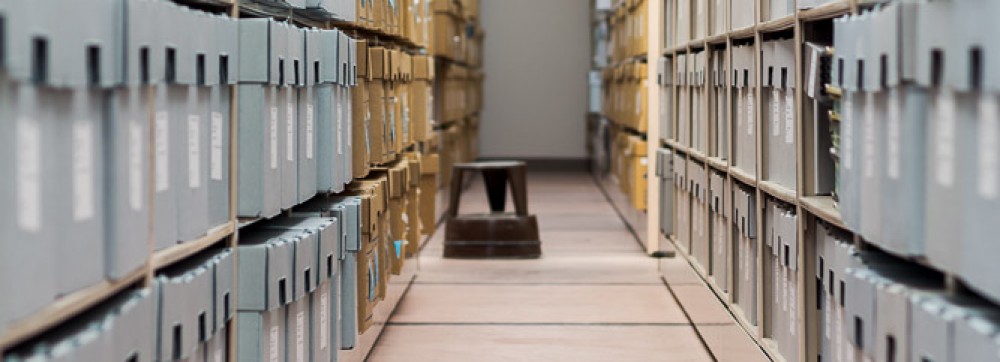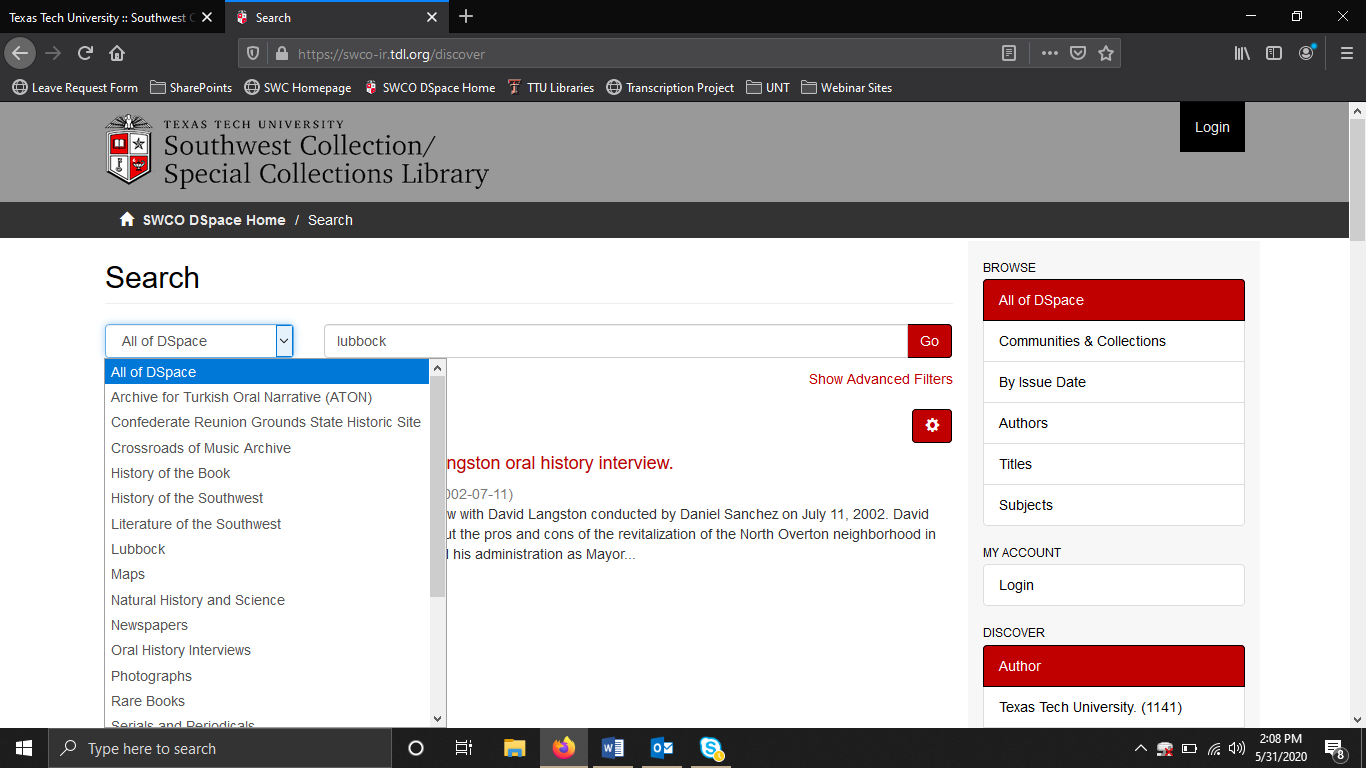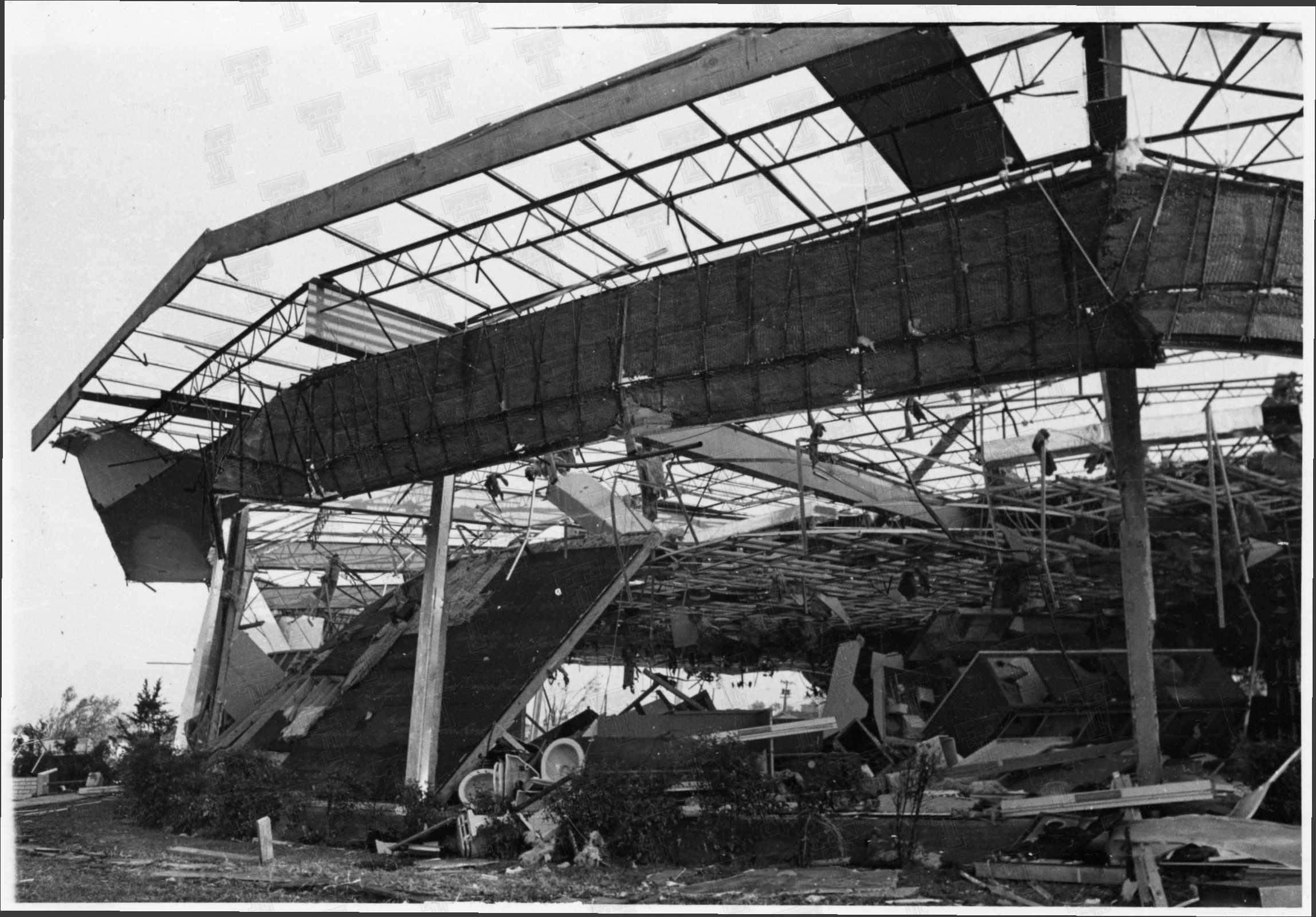
Today we’re featuring some publications preserved by one of the other archives found in our building: the Texas Tech University Archives! The University Archives preserves the history of TTU through documents, photographs, newspapers, and hundreds of boxes of other archival material. Including each of today’s unique newspapers published by students, for students, and outside the umbrella of the Daily Toreador/University Daily (the official student newspaper supported by the University.)

First, The Catalyst. It was a controversial, underground local newspaper published by Texas Tech University students and members of the local community during a time of political, social, and academic upheaval. It was comprised of articles, reviews, editorials, satires, parodies, and political statements. The Vietnam War, politics, racial discord, and drug use were the most common themes discussed.
Numerous attempts were made by Texas Tech University administration and the City of Lubbock to shut down the paper. In fact, in 1970 a lawsuit was filed on behalf of The Catalyst by the Channing Club, a Texas Tech student youth group organized by the Unitarian Church. The paper was represented by lawyer Thomas Griffith, whose papers the Southwest Collection also holds! The ruling in favor of The Catalyst is one of the most notable court cases in the area of freedom of the press for school newspapers. It is often cited as legal precedent in cases involving censorship of student presses.

Other, much smaller papers were also published at TTU. The Forum was a short-lived alternative student newspaper at Texas Tech University. Creation of The Forum— renamed the Activists’ Forum starting with the second issue–grew “from a feeling of some students that excessive editorial restrictions in campus and local news media necessitate and justify another paper, one which can and will present a broader spectrum of facts and comments to the Tech Community.” The digitized collection (found here https://swco-ir.tdl.org/handle/10605/13403) consists of 7 issues published from 1968-1969.

Last, we have The New Morning. It was an independent publication based in Lubbock, Texas, sponsored by the Pi Lambda Phi social fraternity and the Alliance of Sisters. While it was not based at Texas Tech, it definitely circulated among the student population. The New Morning addressed social issues such as civil rights, discrimination, race relations, peace movements, women’s rights, and political activism. These goals are pretty evident on the cover above and the page from its first issue, below. The digitized collection (found here: https://swco-ir.tdl.org/handle/10605/54778) consists of 7 issues published from 1971-1974.

The Daily Toreador, published under various names since 1925, has also been digitized. So have others newspapers in Lubbock, throughout the South Plains, and most-if-not-all of West Texas. Check them out here: https://collections2.swco.ttu.edu/handle/20.500.12255/1.
































